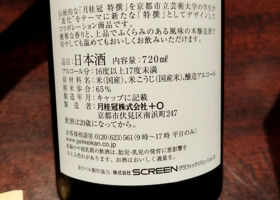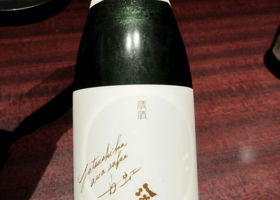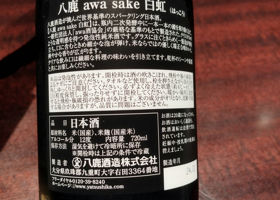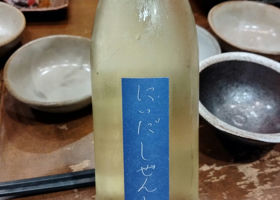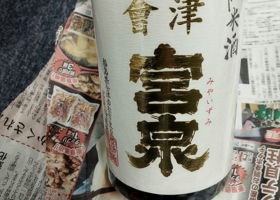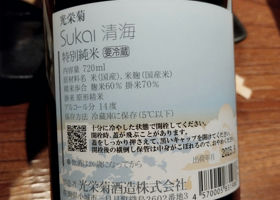

かっぺ正宗
Homecoming Series 15
Happy New Year!
The first bottle of the New Year is, as expected, a Junmai Unfiltered, male-female river from Inaba Sake Brewery in my hometown of Ibaraki.
It has a firm flavor and richness, with a long aftertaste,
We enjoyed it with a strong osechi as a snack.
We look forward to serving you again this year 🙇.
Column
The sake industry is in a critical condition due to soaring sake rice prices. High cost of sales is a concern for all industries, but the sake industry is in a particularly difficult situation.
The price of a four-pack of sake has been raised by 200 yen or so compared to last year, but we are still in a situation where price hikes will be necessary in the future.
Let us all pay a fair price for sake, continue to drink it, and work together to protect our favorite breweries!
Japanese>English





